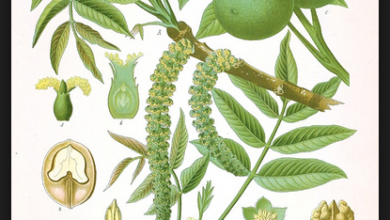Palm Pests and Diseases: How to Identify and Treat Them
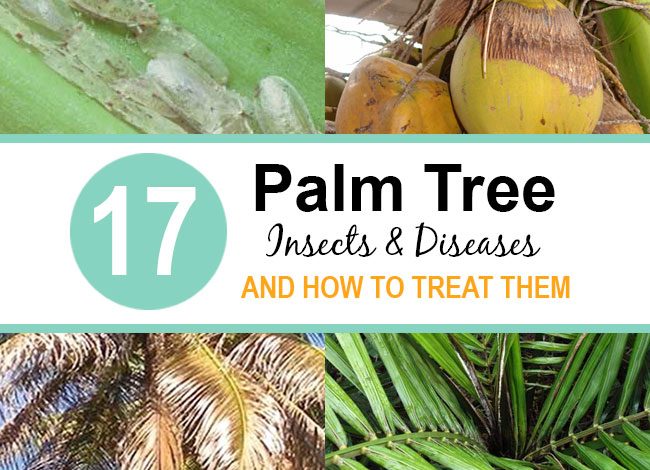
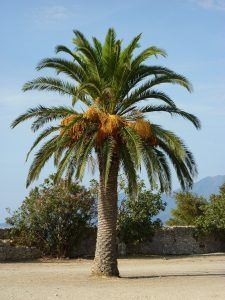 Palm trees are spectacular plants that give us that Caribbean vision, bringing the image of beaches, summer, sun and days of maximum fun.
Palm trees are spectacular plants that give us that Caribbean vision, bringing the image of beaches, summer, sun and days of maximum fun.
The problem in planting these plants is that they have a single trunk and a bud from which the leaves are born, so their death will destroy the entire specimen.
This means that some pests or diseases of palm trees that also affect other plants can be deadly in this case.
We tell you this not so that you are afraid of it, but so that you establish the correct strategies in the face of any eventuality and here we will tell you everything you need. Let’s go ahead!
spiders
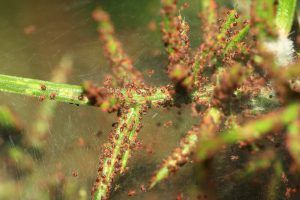
Palm trees can be attacked by the well-known red spider that appears in hot and dry times and also by the white spider.
In both cases, these arachnids take advantage of the plant layer for their own consumption, preferring the most tender parts.
This slows down the development of the plant progressively, which prevents the growth of the palm tree as desired.
As they are microscopic insects, you need to lean on a magnifying glass to ensure if it is one of them or not. If so, a good action is to improve the humidity level of the environment because it makes them unpleasant. Perhaps, only with this, you will eliminate the problem.
If you are very strong and the above does not work as you expect, take advantage of an insecticide to help you in this task.
anthracnose
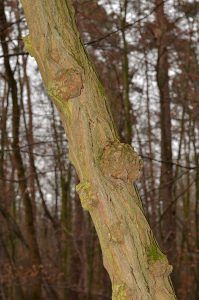 Plants that are just beginning their life cycle are the ones that usually suffer the most damage from the fungus that causes anthracnose.
Plants that are just beginning their life cycle are the ones that usually suffer the most damage from the fungus that causes anthracnose.
The manifestation of symptoms is evidenced in two ways. The first is with the appearance of a series of spots with an oily texture on the surface of the leaves.
In the second case, they are necrotic spots without a defined shape that little by little end the life of the leaves.
To combat the fungus, it is necessary to apply a fungicide and prevent the leaves from being subjected to a lot of humidity in the foliage.
Mealybugs
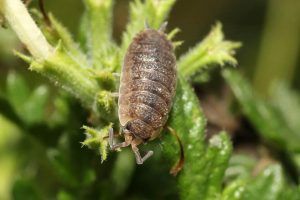 It is a common pest, both in palm trees and in other types of plant species and, the truth is, it is a fairly large family.
It is a common pest, both in palm trees and in other types of plant species and, the truth is, it is a fairly large family.
They have a very strong and efficient suction system to extract the sap from the aerial plants of the plant, especially from the leaves.
As a protection strategy, mealybugs congregate on the underside of the leaves, but it is possible to see the effects they produce in other areas. This is because the parts where damage occurs turn yellowish due to the wound they leave at that point.
On the other hand, if it is the cottony mealybug, it leaves a white layer where it travels, which is why it gets its name. Mealybugs are important to take care of because they are capable of attracting other problems such as ants or the fungus that produces black scale.
There are several alternatives to combat it. For example, if there is a specific leaf that is badly damaged, it is better to prune it. It is also convenient to apply products that help control the expansion of mealybugs and completely eliminate the problem.
fusarium
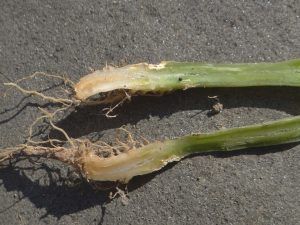 It is another disease that is caused by the action of a fungus known as Fusarium, from which it owes its name.
It is another disease that is caused by the action of a fungus known as Fusarium, from which it owes its name.
It has the property of attacking the basal leaves, creating a series of spots on the structure that appear to be yellowish, turning gray later.
Due to the action of the fungus, the affected leaves begin to dry up, leading to the death of the plant a few days after the attack.
The most unfortunate thing is that it is a disease that does not have an effective treatment, so the only option is to prevent the attack. And the appropriate measures for this start from the correct care of the palm trees from the planting process.
weevils
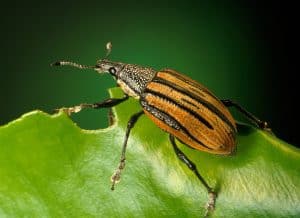 Weevils are pests that cause very severe damage to palm trees and are often difficult to detect because evidence that they are present is seen long after the attack begins.
Weevils are pests that cause very severe damage to palm trees and are often difficult to detect because evidence that they are present is seen long after the attack begins.
The greatest potential for damage is the larvae, which create galleries in the trunk of the palm tree, consuming the plant material they find in their path.
The weakened plant begins to show damage to its leaves, leading it to progressively defoliate. Even the leaves can show color changes when the effects are already more pronounced.
Although they have a maximum life cycle of 4 months, that time is more than enough to cause considerable damage to the palm tree and cause it to die. In fact, when the weevils consider that the plant that is hosting them does not have enough resources to feed themselves, they change to another healthy one.
As we have seen, after it shows symptoms it can be too late, so the proposed action is preventive. This implies doing annual fumigations when the spring-summer season begins to arrive.
thrips
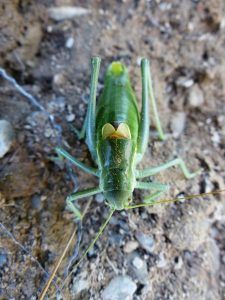 It is a pest that affects palm trees with some frequency, especially when they are surrounded by weeds at their base.
It is a pest that affects palm trees with some frequency, especially when they are surrounded by weeds at their base.
Thrips consume plant sap by creating small tunnels in the leaves that show up as silvery spots.
Although they are very small animals, they are visible without the help of resources such as magnifying glasses, so you will easily determine if it is them or not.
The problem is that thrips reduce the vitality of palm trees, so they will end up defoliating and slowing down their correct development.
To prevent its appearance, it is very important to keep the environment clean, both from weeds and from pathogens at the substrate level. If necessary, insecticides must be used.
The most important thing when it comes to pests and diseases of palm trees is to prevent damage from reaching the bud, especially when it is young. To the extent that this is so, it will be much more possible to stop the attacks and restore the vitality of the structure.
Bibliographic references
- Pests and diseases of the Canary palm tree, RMC Pérez – 1987 – dialnet.unirioja.es
- Approach to the biological control of pests and diseases of palm trees by entomopathogenic fungi, JS Calvete, AM Carbonell-Carbonell… – Phytoma España: La…, 2002 – dialnet.unirioja.es
- Pests and diseases of the date palm (Phoenix dactylifera L.) in Spain, SG Vives – Phytoma Spain: The professional health magazine…, 1999 – dialnet.unirioja.es
- Diagnosis of diseases caused by fungi in palm and palm – type plants for ornamental use, in a nursery in the Valencian Community, FJ Beluzán Flores – 2018 – riunet.upv.es
- Bayoud: date palm disease, G Cipolla – … from agricultural research (Argentina).(Jan 1953).(– sidalc.net
Maybe you are also interested in:
- How to Fertilize Indoor Palm Trees Step by Step – Sembrar100
- How to germinate Palm Tree Seeds: [Time, Steps and Planting]
- Indoor Palm Tree Care: [Soil, Humidity, Pruning and Problems]
- Heart of Palm Plant: [Characteristics, Cultivation, Care and Disadvantages]
- Trachycarpus Fortunei: [Cultivation, Associations, Pests and Diseases]


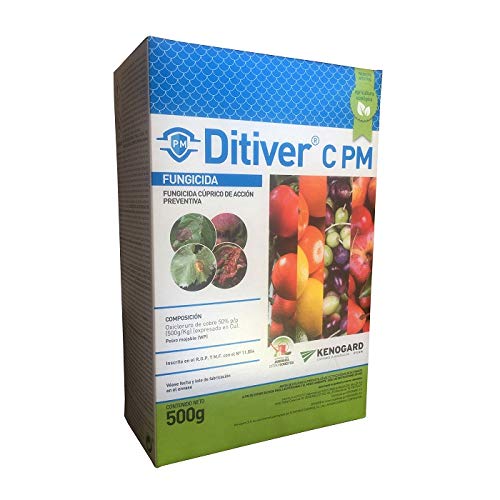
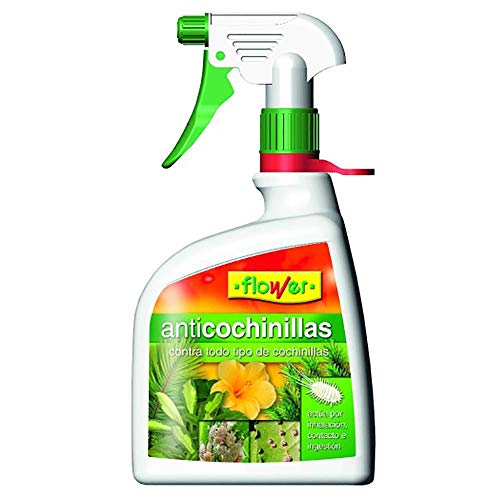
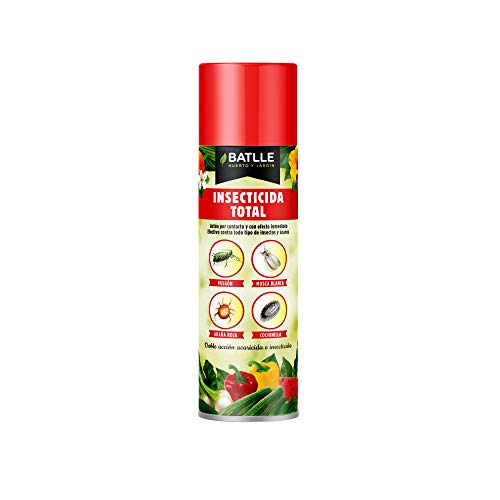
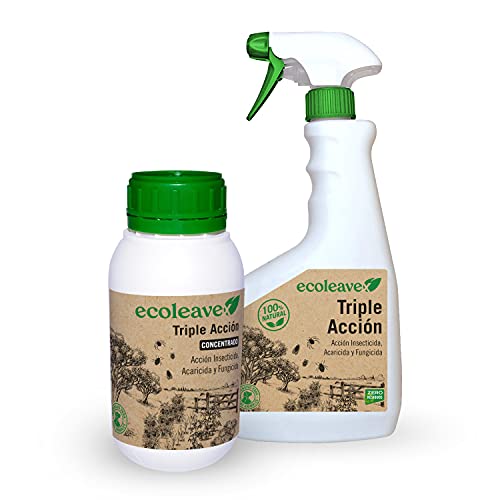
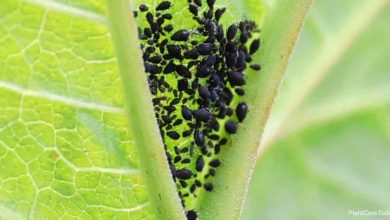
![Photo of Prune a Carob: [Importance, Time, Considerations and Steps]](https://www.complete-gardening.com/wp-content/uploads/2021/06/Algarrobo_1615408533-390x220.jpg)
![Photo of Potato Beetle: [Characteristics, Detection, Effects and Treatment]](https://www.complete-gardening.com/wp-content/uploads/2022/08/potato-beetle-characteristics-detection-effects-and-treatment-390x220.png)
